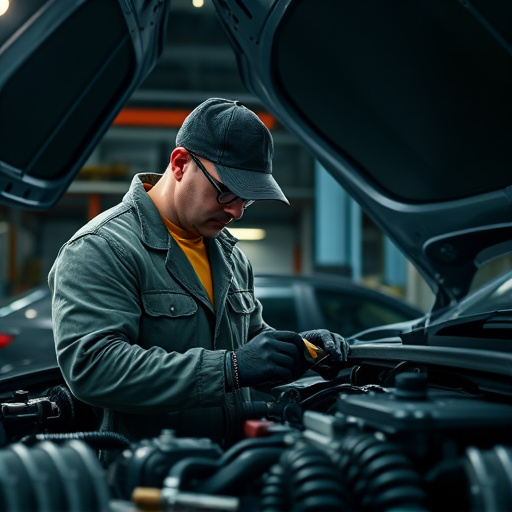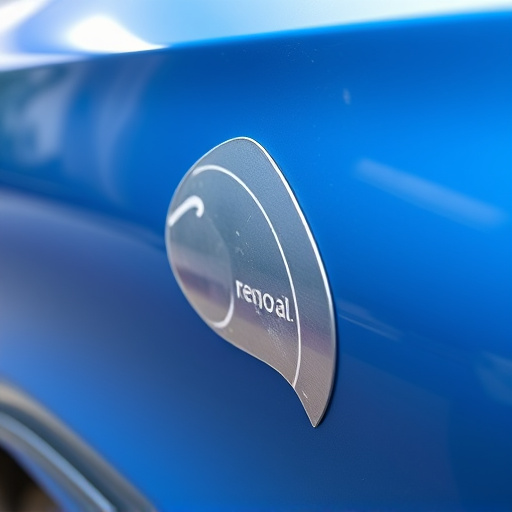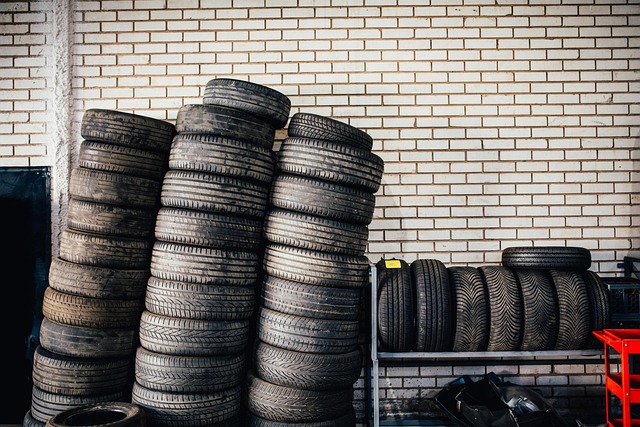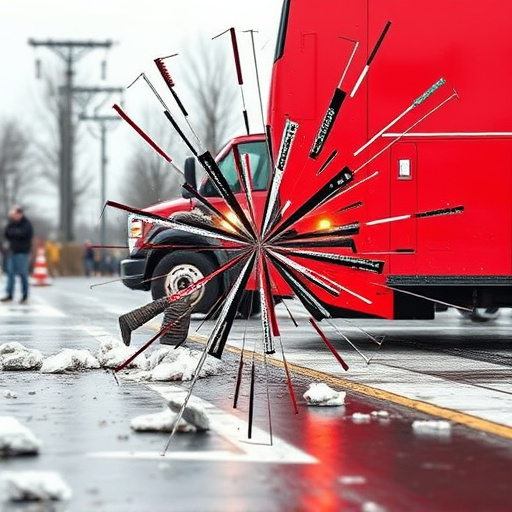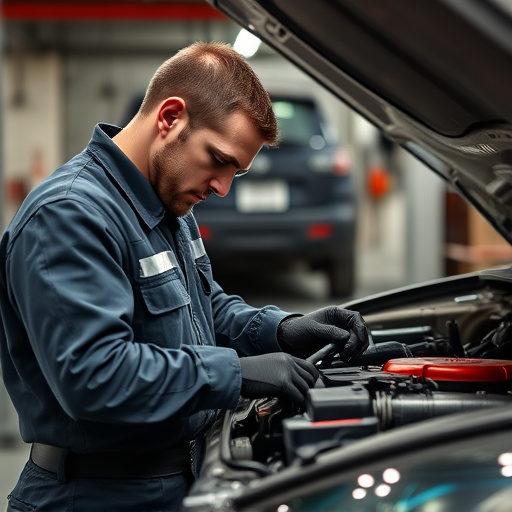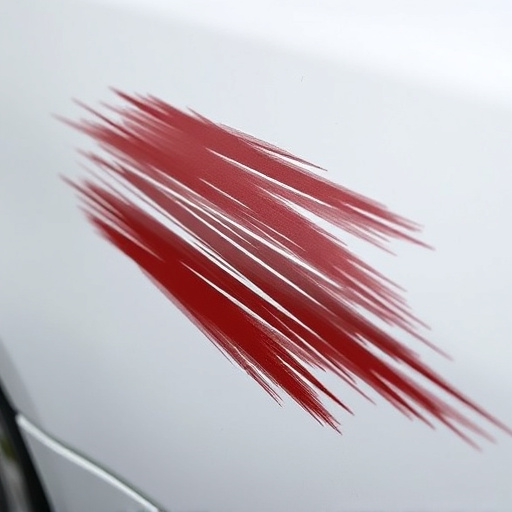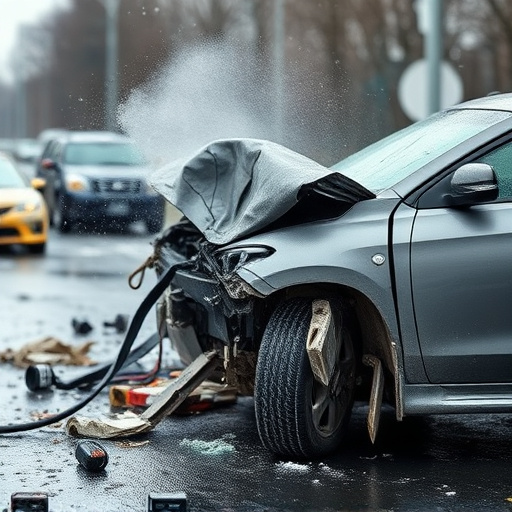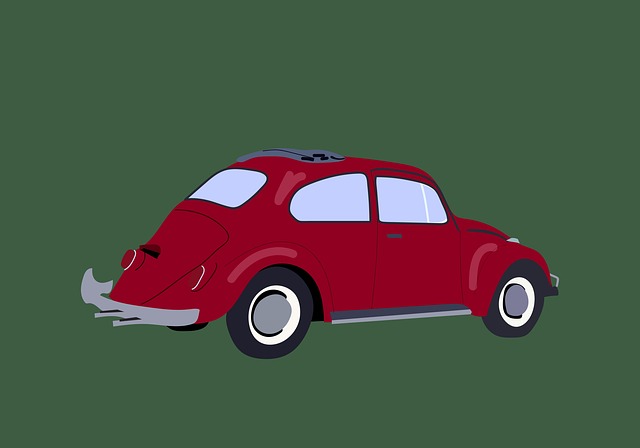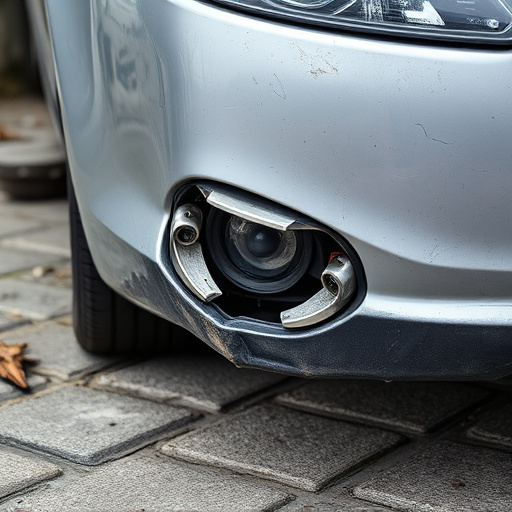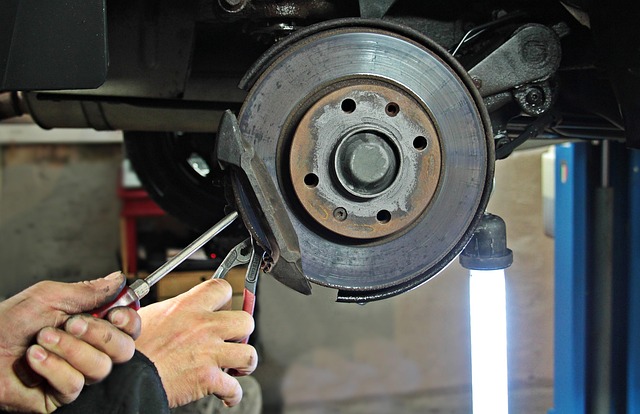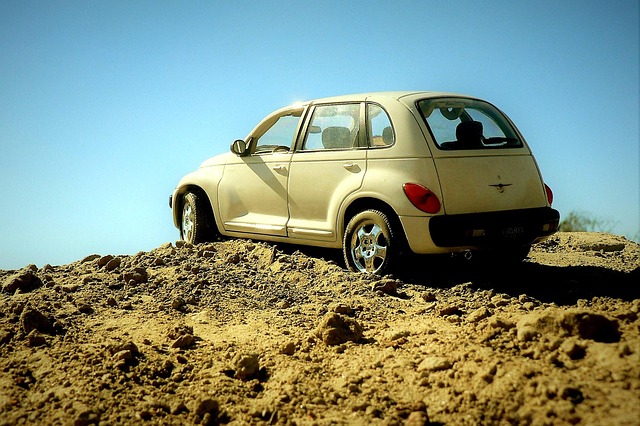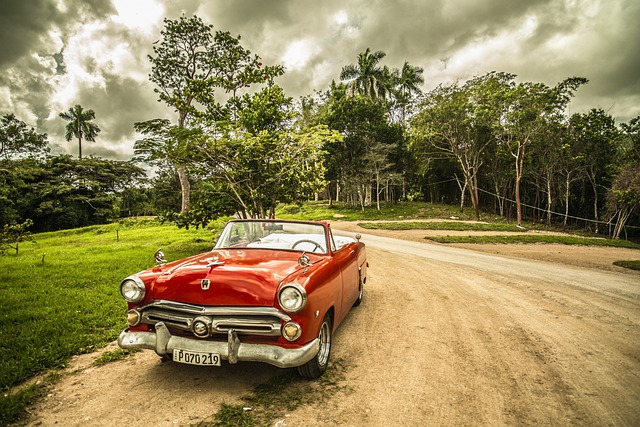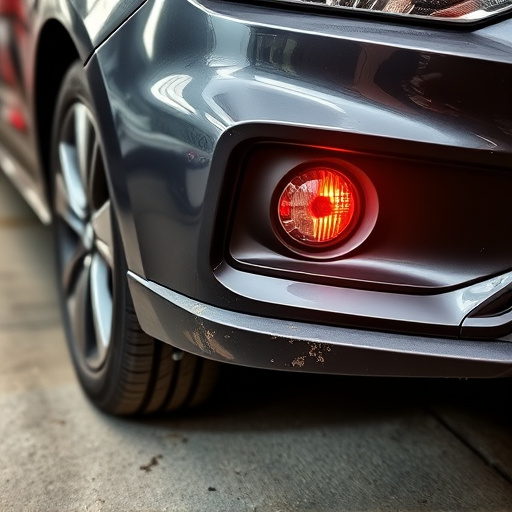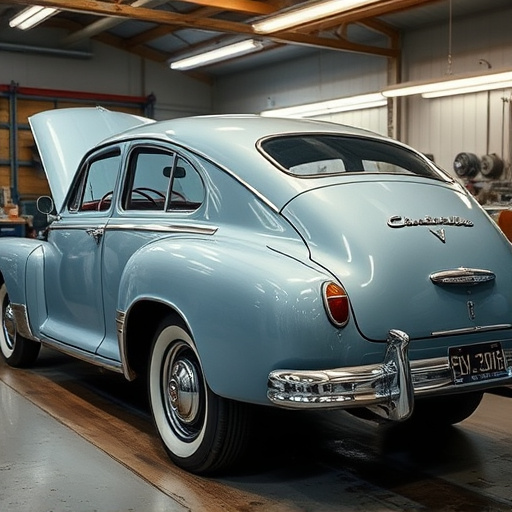DIY plastic bumper cover repair is popular for minor damages due to perceived ease and cost-effectiveness, but professional results are difficult to achieve due to intricate designs and colors that are hard to match accurately. While DIY methods can save money, they often result in unsightly patches, future issues like cracking or peeling, and may compromise structural integrity. For reliable and lasting fixes, it's recommended to seek services from a trusted auto collision center specializing in plastic bumper cover repair, ensuring high-quality products and precise techniques for optimal aesthetic value and safety integrity.
Many car owners opt for DIY plastic bumper cover repairs, drawn by cost and convenience. However, this approach often leads to subpar results, leaving bumpers looking patchy or lopsided. This article explores why these repairs typically fail, delving into the inherent challenges of plastic materials and common mistakes made during the DIY process. We’ll also provide strategies for achieving long-lasting, professional-looking repairs to preserve your car’s aesthetic value.
- The Allure and Pitfalls of DIY Plastic Bumper Cover Repair
- Common Causes of Failure in Plastic Bumper Cover Repairs
- Strategies for Success: Ensuring Long-Lasting Results for Your Car's Bumper
The Allure and Pitfalls of DIY Plastic Bumper Cover Repair
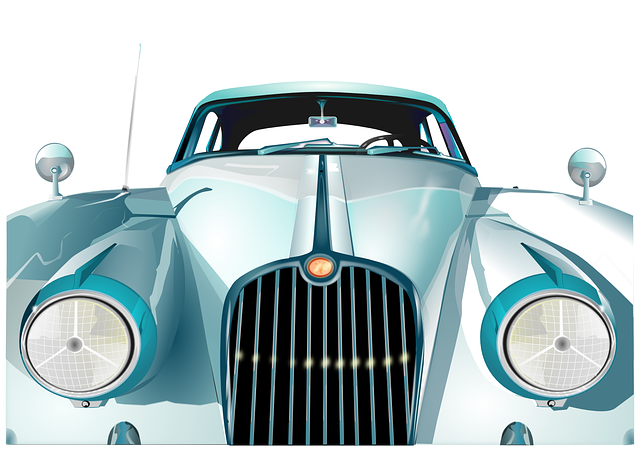
The appeal of DIY plastic bumper cover repair lies in its cost-effectiveness and perceived ease—a quick fix for minor bumps and scratches that can be done at home with minimal tools and materials. Many car owners opt for this route, especially when dealing with light damage that doesn’t require a complete replacement. However, the allure often masks potential pitfalls. DIY methods might seem straightforward, but achieving professional results with plastic bumper covers is challenging. The intricate designs and various colors can be difficult to match perfectly, leading to noticeable repairs that detract from the vehicle’s aesthetic appeal.
Moreover, plastic bumper covers are more delicate than they appear. In attempting a DIY repair, owners often underestimate the skill and precision required to blend the fix seamlessly with the existing surface. Improper application of adhesives or fillers can result in an uneven finish, leaving visible signs of the repair. It’s crucial to recognize that while DIY approaches offer savings, they may not always yield satisfactory outcomes. For more complex damages or to ensure a factory-like finish, relying on collision repair services from a reputable auto repair shop is often the better choice.
Common Causes of Failure in Plastic Bumper Cover Repairs
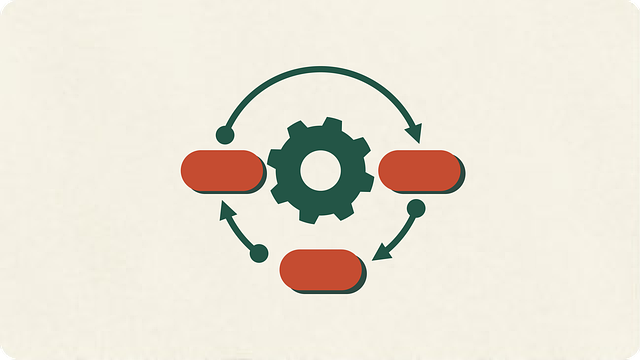
Many DIY enthusiasts attempt plastic bumper cover repairs with the aim of saving costs, but these projects often fall short, leaving the bumper looking far from its original condition. Common causes of failure include incorrect material selection and inadequate preparation of the damaged area. Using subpar materials that don’t match the exact specifications of the original bumper can result in an unsightly patch that stands out against the seamless surface of the vehicle. Furthermore, failing to thoroughly clean and prepare the damaged area ensures that any repair job will be prone to cracking or peeling over time.
Another significant factor is a lack of understanding of auto body repairs. Plastic bumpers are designed to absorb impact energy in collisions, making them more complex than they appear. Attempting to fix them without access to professional tools and expertise can lead to improper alignment, which may compromise the structural integrity of the bumper or the overall safety of the vehicle. It’s advisable to seek services from a trusted auto collision center or auto repair shop for quality and longevity in plastic bumper cover repairs.
Strategies for Success: Ensuring Long-Lasting Results for Your Car's Bumper
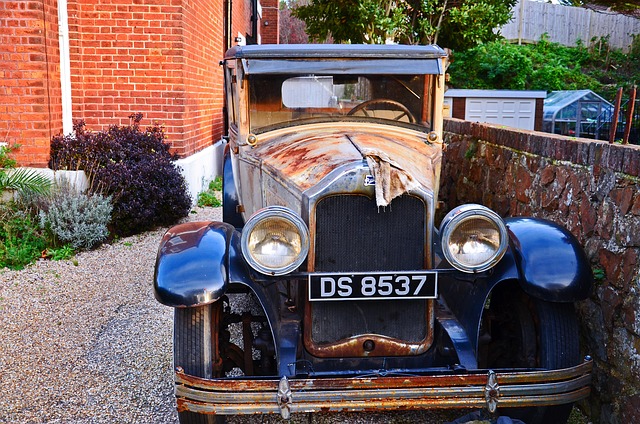
Achieving long-lasting results with plastic bumper cover repair requires a strategic approach. First, ensure proper preparation; thoroughly clean and decontaminate the damaged area to remove any debris or contaminants that could compromise the bond between the new and old materials. Using high-quality products specifically designed for plastic bumper repairs is crucial. Avoid generic adhesives and fillers that may not provide adequate strength or flexibility.
Second, precision matters. Take your time to align and fit the repaired section seamlessly with the rest of the bumper. This involves careful measurement, trimming, and molding to match the original contours precisely. Finally, consider professional guidance. While DIY methods offer cost savings, complex repairs might benefit from the expertise of a collision center or auto repair service, ensuring not just successful restoration but also maintaining the vehicle’s aesthetic value and safety integrity.
While the allure of DIY plastic bumper cover repair can save costs, numerous pitfalls often lead to failure. Understanding common causes like inadequate preparation, incorrect adhesive selection, and lack of specialized tools is key. To achieve long-lasting results, prioritize thorough cleaning, use high-quality materials suitable for automotive plastics, and consider professional assistance when needed. By adopting these strategies, you can enhance the success rate of your plastic bumper cover repair endeavors.
